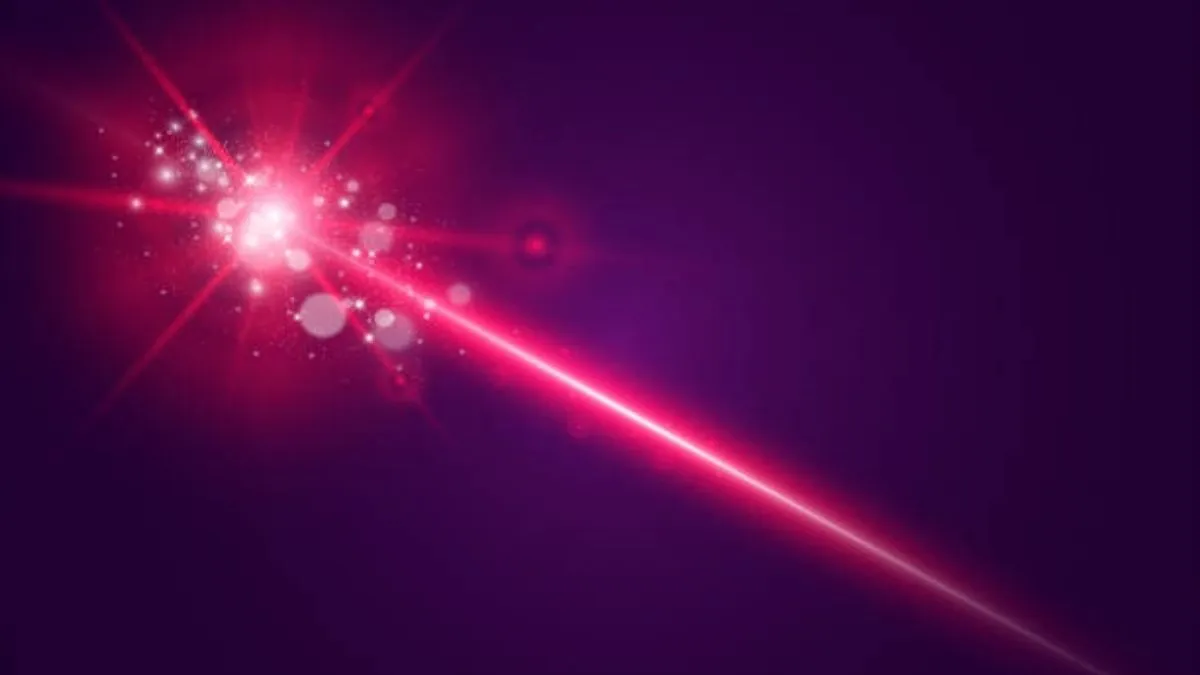GENERAL
CW Laser: A Comprehensive Overview

The very foundation of laser technology can be traced back to 1951, when physicist Charles Townes first conceptualized the idea of microwave amplification by stimulated emission of radiation (MASER). This groundbreaking principle laid the groundwork for the development of the first solid-state laser just ten years later, which used a ruby gain medium. The six decades since have seen a relentless march of innovation, leading to a vast and diverse ecosystem of laser systems. While these systems vary widely in their gain mediums and amplification techniques, their most fundamental classification remains whether they operate in a pulsed or continuous wave (CW) mode.
Table of Contents
What Exactly Is a Continuous Wave Laser?
A continuous wave (CW) laser is defined by its ability to produce a constant and uninterrupted output over a specified duration. Unlike pulsed systems that deliver energy in short bursts, a CW laser maintains a steady state, ensuring that key beam parameters like power output and intensity remain stable and unwavering throughout its operation. The name itself, “continuous wave,” perfectly describes the uninterrupted, coherent, and monochromatic stream of light generated by the laser’s gain medium. It is this gain medium that also dictates the laser’s specific wavelength and color.
For example, the very first solid-state laser utilized a synthetic ruby crystal to emit a deep red light with a wavelength of approximately 694 nanometers (nm). Today, crystal-based gain mediums like titanium-sapphire (Ti:sapphire) and neodymium-doped yttrium aluminum garnet (Nd:YAG) are still popular choices for CW systems. However, decades of dedicated research and development have expanded this palette dramatically, introducing a wide range of gas and fiber lasers that can serve as a powerful and reliable CW laser source.
The applications for a CW laser are incredibly broad and span from foundational scientific research to high-demand industrial tasks. In research labs, they are indispensable for a variety of high-precision applications, including spectroscopy, interferometry, and medical diagnostics, where even minor fluctuations in output could compromise results. In manufacturing, they are the workhorse for tasks like material processing, precision welding, and intricate cutting, where a consistent energy delivery is not just preferred but essential for quality control. This inherent reliability makes the CW laser a cornerstone of modern scientific instrumentation and manufacturing.
How CW Lasers Differ from Pulsed Lasers
The primary distinction between a continuous wave and a pulsed laser is their mode of output: the former provides a constant stream, while the latter delivers a series of high-energy bursts. In the early days of laser technology, CW lasers held a clear advantage in stability and consistent power. Early pulsed systems were notably less efficient for applications requiring steady energy transfer, such as material sublimation.
While groundbreaking technologies like chirped pulse amplification (CPA) have significantly enhanced the capabilities of pulsed lasers, the innate stability of continuous wave systems remains a compelling advantage. This stability, which can be maintained for periods ranging from a few microseconds to several weeks, makes them a superior and highly cost-effective solution for a wide range of industrial and scientific applications. When long-term reliability and consistency are critical, the steady, unwavering output of a CW laser is almost always the preferred choice.Furthermore, the longevity of these systems represents a significant return on investment.
A well-maintained CW laser can operate reliably for years, making it a valuable long-term asset. When a system does require maintenance, specialized technical support and repair services are readily available. For instance, a comprehensive CW Fiber Repair Service can expertly restore a laser to its original performance specifications, ensuring minimal downtime and significantly extending the lifespan of the equipment. This level of professional support highlights the enduring value and practicality of continuous wave laser technology, solidifying its place as an indispensable tool across countless industries. The robust nature of these systems, combined with their consistent performance, ensures they will remain a vital component of advanced technology for years to come.
-

 GENERAL5 months ago
GENERAL5 months agoChristofle – For Those Who Dream of Family Heirloom Silver
-

 SPORTS7 months ago
SPORTS7 months agoDiscover the World of Football with Streameast: Watch Your Favorite Leagues and Tournaments
-

 GENERAL4 months ago
GENERAL4 months agoUncovering the World of кинокрадко: The Dark Side of Film Piracy
-

 GENERAL2 months ago
GENERAL2 months agoATFBooru: Anime, Gaming, and Subculture Imageboard























